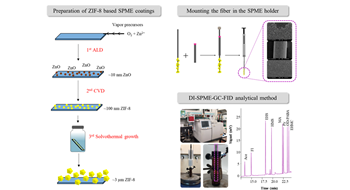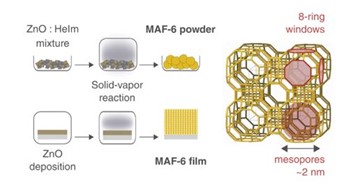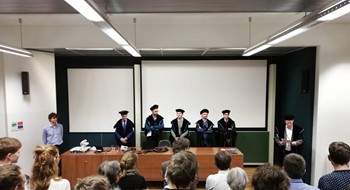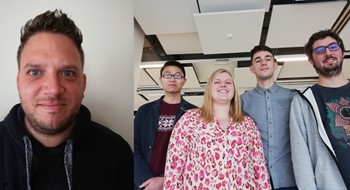Al-fum-mes MOFs @ChemEurJ

Our collaborative work with Norbert Stock's group at CAU Kiel on Al-carboxylate MOFs for water sorption is now available through ChemEurJ!
Manipulating Porous Matter









